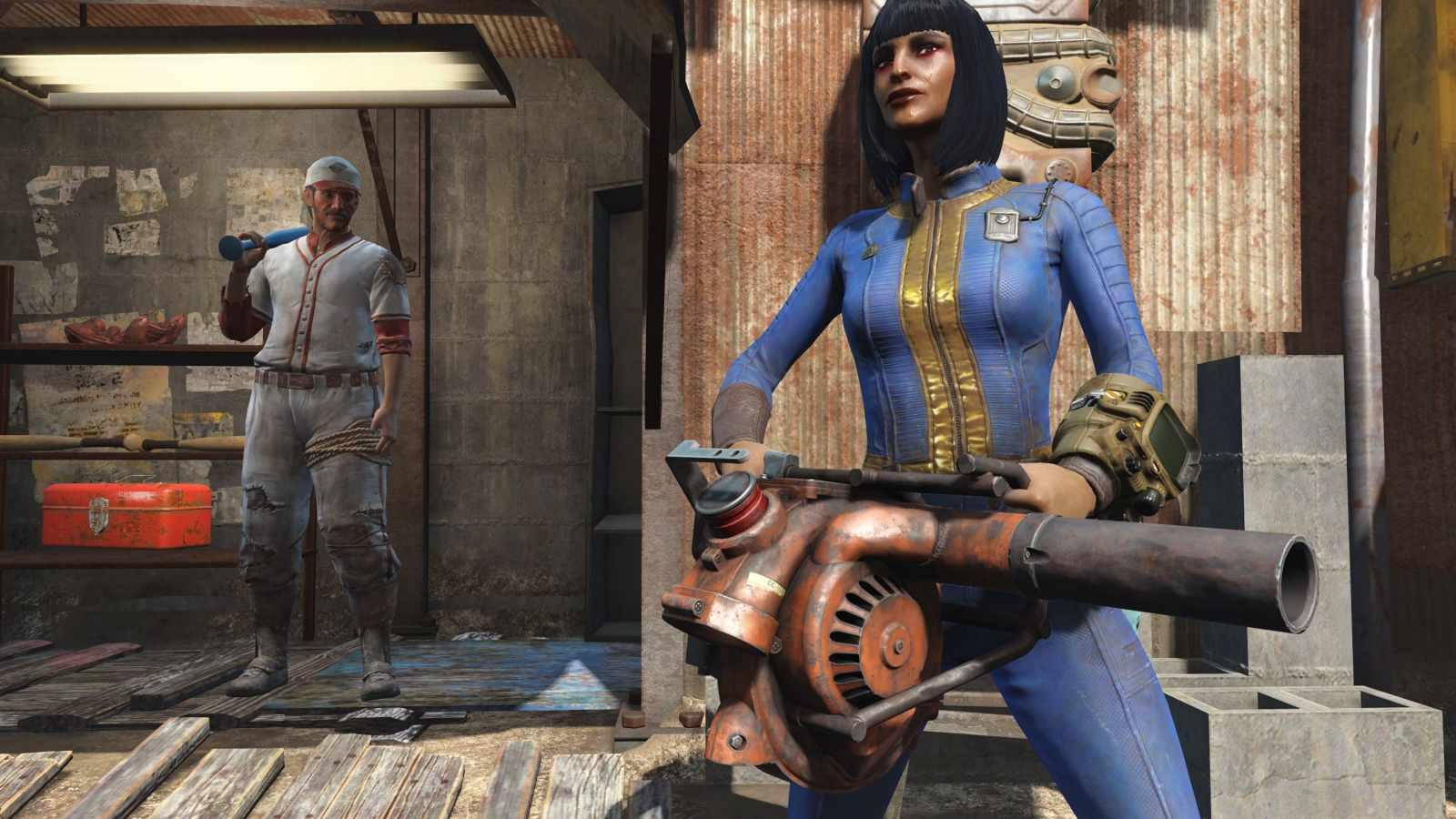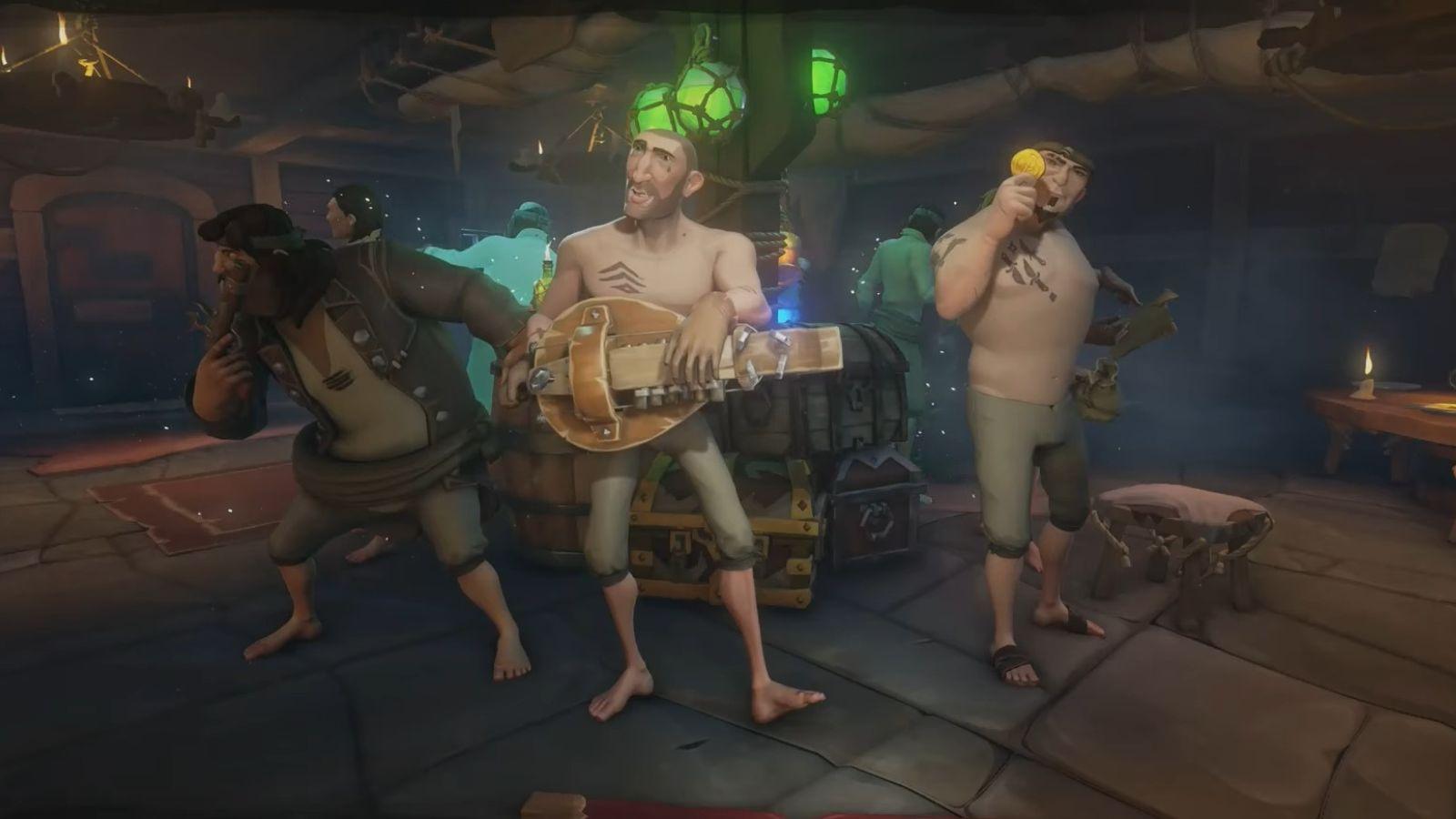Open Roads review: A valiant short story attempt
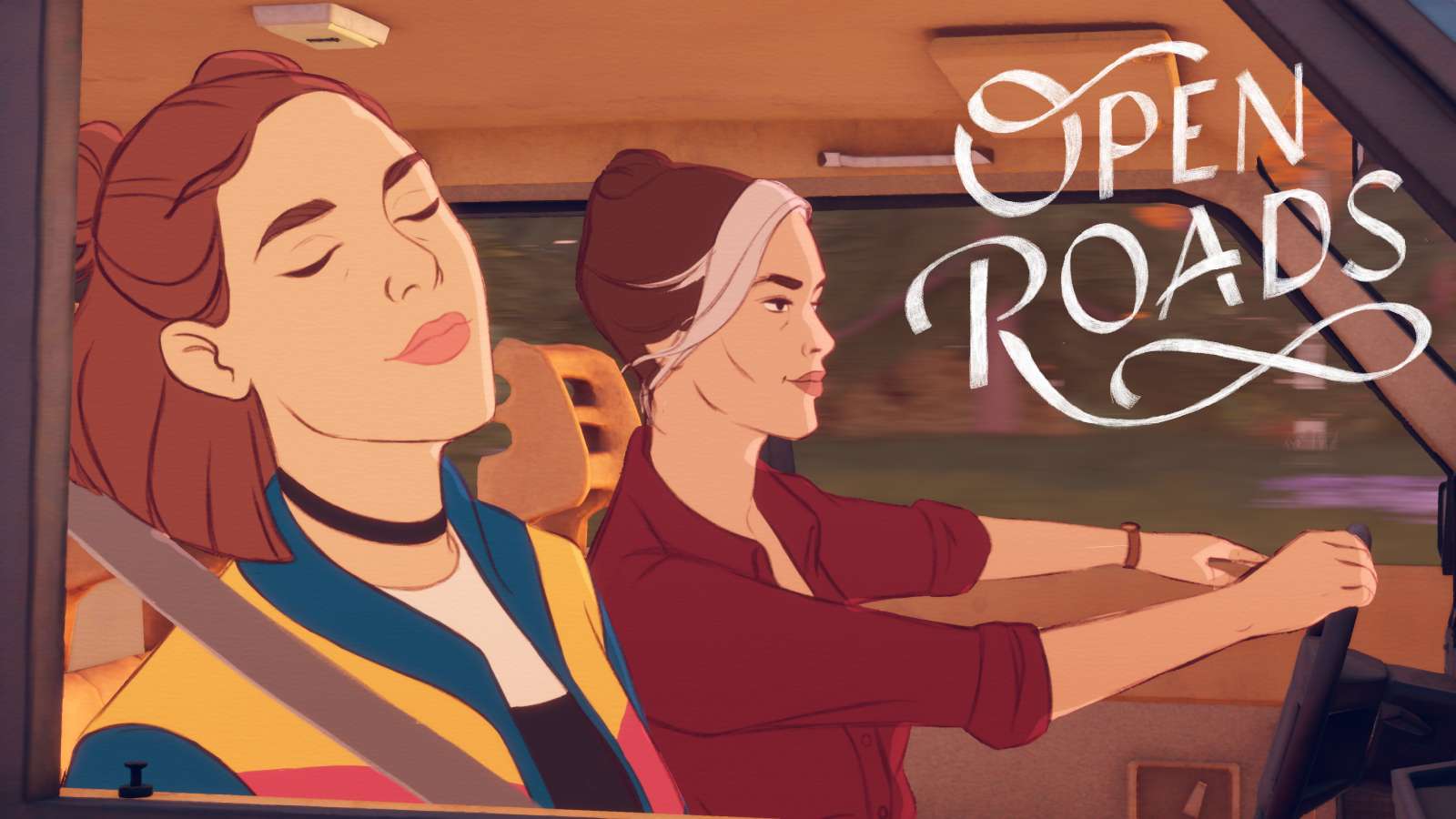 Open Roads Team
Open Roads TeamOpen Roads, the debut of the team sharing the very same name, may not be the most ambitious game out there, but it attempts something most studios wouldn’t, earnestly creating a video game short story.
Video game narratives for the most part are sprawling tales with extensive lore. The medium almost can’t help but be such a way as ever since its inception, adding to the depth is all we’ve known. Even a relatively small game with a small budget like Return of The Obra Dinn has a narrative that one could talk about for hours.
Yet, despite the many novel-sized narratives in video games, it’s rare to get an earnest short story in the medium. Why so? Perhaps because our medium is wholly unfit for it. Or perhaps, it’s because the general player base isn’t as receptive to a short story as they are to a sprawling one. There’s always the economic realities to consider as well, given the ever-ballooning budgets of video games.
This is where Open Roads Team’s Open Roads comes in. Although as a video game it may not wow most, I can’t help but commend its valiant attempt at an intimate human story in this medium.
Open Roads: Key Details
- Price: TBD
- Developer: Open Roads Team
- Release Date: March 28, 2024
- Platforms: PC, PS5, PS4, Nintendo Switch, Xbox Series X|S, Xbox One
A clash between 2D and 3D in Midwest suburbia
Open Roads’ visuals are distinctly suburbian, to be specific, the American flavor of Midwestern suburbia that is all too frequently reflected in the artistic world from Todd Hido to Alec Soth.
And Open Roads makes no qualms about hiding the fact the story is in what most would call the boring parts of suburbia, embracing the same-y-ness of two-storied houses or the fact a good part of the story is told while the characters are in cars.
 Open Roads Team
Open Roads TeamVery rarely does a game dare to set its story in a setting most would feel out of place or most consider too familiar, or even dull for a video game, yet the devs embrace it with open arms.
And they do it with some flair as well. In the game, we frequently cut between exploring a first-person fully realized 3D environment and seeing our characters, Tess, and Opal talk to each other in a hand-animated style.
Admittedly, it is jarring to constantly switch between the intricately crafted animations and 3D environments, especially when the 2D animations are laid over the 3D animations.
However, its saving grace is its ambiance. Everything from the lighting of each of the environments and areas we get to explore, to the mise en place of it all.
Is Open Roads walking simulator or a visual novel?
Although the term ‘Walking Simulator’ has become a general descriptor of a genre of games, its origins as a derogatory insult to projects whose entire core gameplay loop was just simulating something as boring as walking can’t be overlooked.
Gaming has since innovated, with titles like Firewatch, The Stanley Parable, and Journey all showing what a mechanic as simple as walking can do. Somehow, more than a decade into the genre’s heyday, Open Roads seems to still miss the mark.
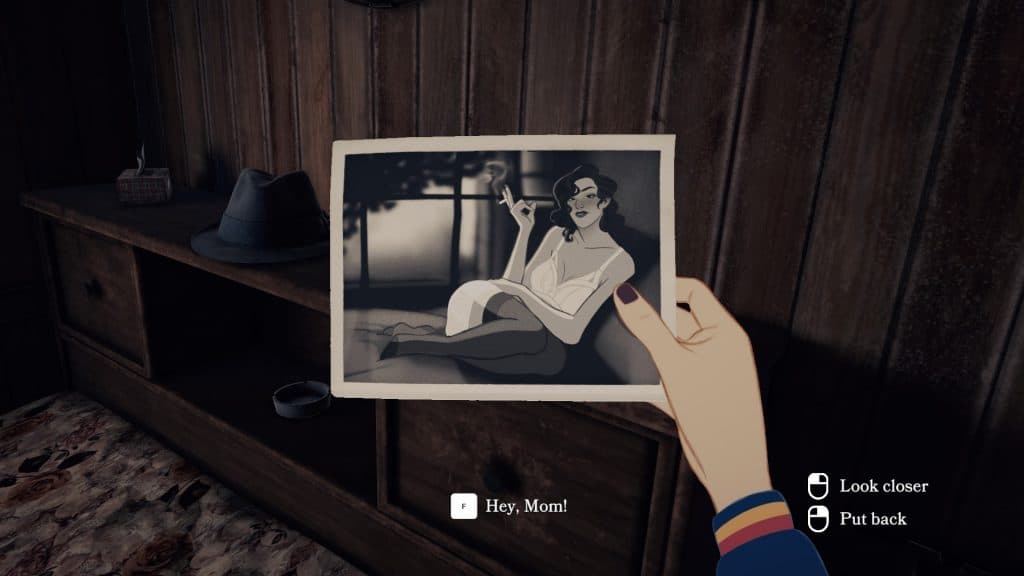 Open Roads Team
Open Roads TeamOpen Roads’ core gameplay loop is simple. You are put into an environment, in which you find key objects to find and interact with. Upon interacting as Tess, you’ll start a dialogue with her mum, Opal, which slowly pushes along the story. Though many are optional, meaning you don’t really have to interact all too much with said environment.
Although a touch more interactive than your average visual novel, it is at its core still primarily a visual novel, even if its creators may have not set out to make it as such. Not only because of its gameplay but the story it has attached itself to.
Now, that is not inherently a bad thing, however, its execution leaves more to be desired as its gameplay at many moments felt like it was just there as an obligation so the story could be told, rather than gameplay which fully interacts with the story.
A short, intimate affair
I played Open Roads on a Sunday afternoon. By the end of the game, a mere 80 minutes later, I was left with more questions than answers as I couldn’t figure out the intention behind it. Why was the game so short? Why write about a relatively mundane story? Why set it in a place that most would roll their eyes at?
It was only after playing it when I went to re-read Raymond Carver’s short story collection What We Talk When We Talk About Love, when Open Roads’ story clicked for me.
Although it never compares itself to it, I couldn’t help but realize the game seemed to have intentionally strayed away from video games’ tendencies of fantastical depictions of the world. Rather, Open Roads chooses to tell a humanistic story about a single mother and her daughter in as intimate a fashion as possible. Harkening to the works of Carver or Alice Munro, it chooses to tell it through a short story, as only in a short medium could its succinct narrative be conveyed.
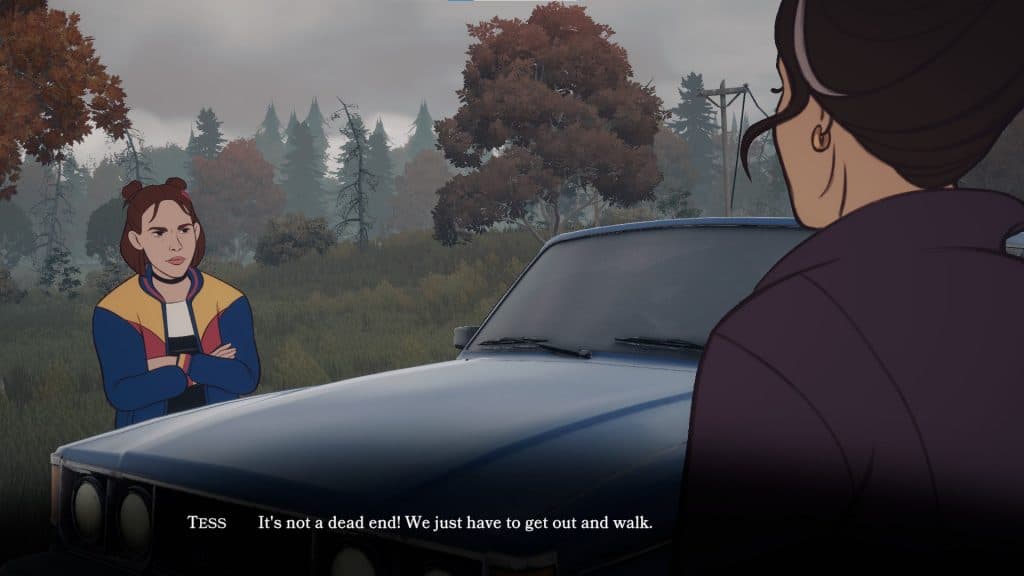 Open Roads Team
Open Roads TeamIn Open Roads, we play as Tess, a 16-year-old, who is packing up after her grandma dies which results in her and her mother, Opal, getting kicked out of their grandma’s house.
Whilst packing up, Tess and Opal find a hidden luggage that contains secret letters. Tess and Opal go on to embark on a road trip to discover the secret, but also build up their relationship as mother and daughter.
Although an extremely tame premise for a video game, I can’t help but compliment its creators for attempting a game this concise. The idea of short stories in other mediums of storytelling is widespread.
Literature, cinema, theatre, and even music regularly tell stories in short form, so why can’t video games? Must every single narrative-heavy video game take more than a dozen hours just to complete? Can’t we create stories in video games that are short and precise, and perfect it from there? Must our obsession with playtime length hamper the innovation of the short form?
Open Roads’ story may be tame, and perhaps work better as a novella instead of a video game, though you certainly can’t help but commend its devs for trying to tell a humanistic story through a game.
Verdict 3/5
Open Roads’ gameplay may not stun and its visuals are not exactly the most groundbreaking. However, it at least dares to bring something new to the canon of video games by telling a humanistic story in the gaming medium, a brief tale historically conveyed through literature.
Perhaps Open Roads would’ve worked better if it was part of an anthology of short games with the same theme, but somehow despite its flaws, it still remains a valiant attempt at telling a short story through a game.

